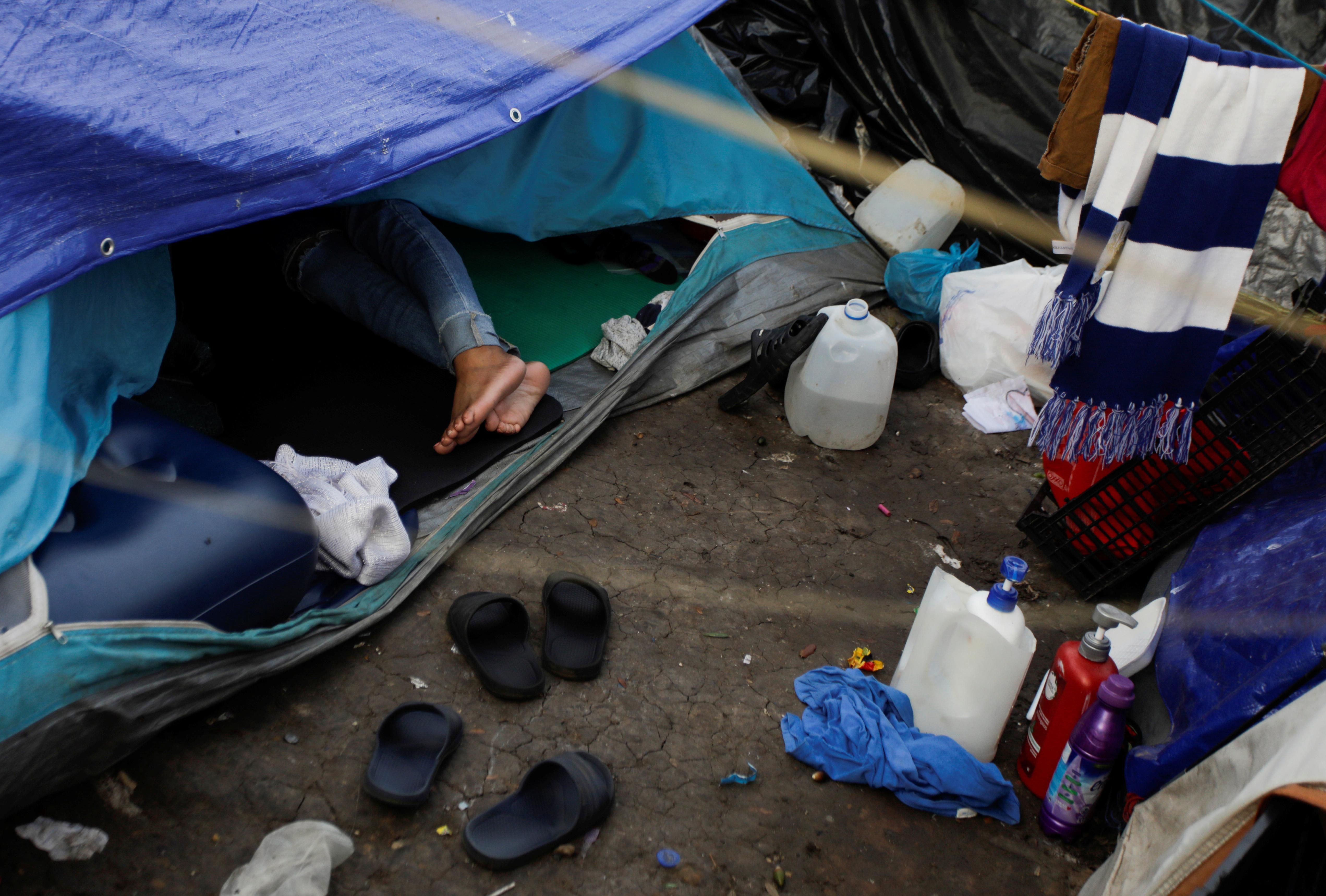"Remain in Mexico" policy is back. The US and Mexico several days ago reached a deal to restart the controversial “Remain in Mexico” policy, which requires that migrants seeking entry to the US wait south of the border while their asylum applications are processed. The policy has forced thousands of asylum-seekers to spend months – or even years – in rundown Mexican border towns where crime, rape, and kidnapping for ransom are rife. As part of the new deal, unaccompanied minors will be allowed to wait for asylum rulings in the US, and the Biden administration has agreed to improve human rights conditions at the border, including by providing migrants with COVID-19 vaccines. Upon coming into office, Biden pledged to take a more "humane" approach to migration than his predecessor, but in August the Supreme Court ruled that he had to follow “Remain in Mexico.” He has also been criticized by rights groups for failing to undo the Trump administration’s use of a public health rule to keep migrants out. The new agreement between Mexico and the US comes just days after Washington pledged to help Central America deal with the root causes of migration.
More from GZERO Media
Hard Numbers: France’s Bardella would win an election today, Trump’s support among Latinos falls, Fox hunts for a seat in the Bahamas, and Hitler returns
Army Chief Asim Munir holds a microphone during his visit at the Tilla Field Firing Ranges (TFFR) to witness the Exercise Hammer Strike, a high-intensity field training exercise conducted by the Pakistan Army's Mangla Strike Corps, in Mangla, Pakistan, on May 1, 2025.
Field Marshal Asim Munir, the country’s de facto leader, consolidated his power after the National Assembly rammed through a controversial constitutional amendment this month that grants him lifelong immunity from any legal prosecution.
What We’re Watching: Russia and Ukraine negotiations continue, Trump and Xi make a springtime date, Sudan’s rebels declare unilateral ceasefire
In this “ask ian,” Ian Bremmer tackles a growing question: How is the Trump administration performing as the year wraps up?
Former US Ambassador to Venezuela James Story warns that removing Maduro would be the easy part—what comes next is the real challenge.
In this episode of Tools and Weapons, Microsoft Vice Chair and President Brad Smith sits down with Ed Policy, President and CEO of the Green Bay Packers, to discuss how purpose-driven leadership and innovation are shaping the future of one of the world’s most iconic sports franchises. Ed shares how technology and community-focused initiatives, from Titletown Tech to health and safety innovations on the field, are transforming not just the game of football, but the economy and culture of Green Bay itself. He explains how combining strategic vision with investment in local startups is keeping talent in the Midwest and creating opportunities that extend far beyond Lambeau Field.
Subscribe and find new episodes monthly, wherever you listen to podcasts.
In this Quick Take, Ian Bremmer breaks down the controversy around Trump's 28-point Ukraine-Russia peace plan.
Hard Numbers: Israel assassinates Hezbollah commander, DOGE gets DOGE’d, Ethiopian volcano erupts, Not much to show for COP30
The Israeli military assassinated a senior Hezbollah commander in an airstrike on the Lebanese capital of Beirut on Sunday. The attack killed at least five people overall.
What We’re Watching: Russia-Ukraine peace deal, Rough weekend for Brazil, Mass school abductions in Nigeria
After facing backlash that the US’s first 28-point peace deal was too friendly towards Russia, American and Ukrainian negotiators drafted a new 19-point plan on Monday.
